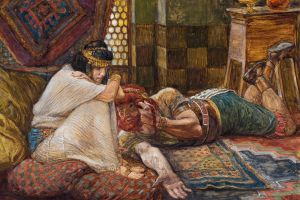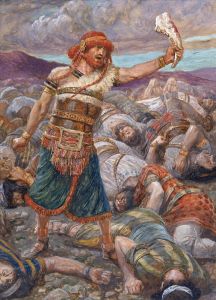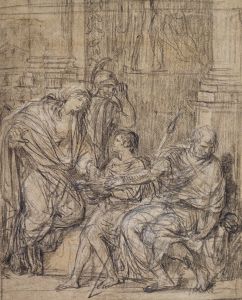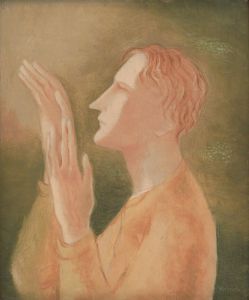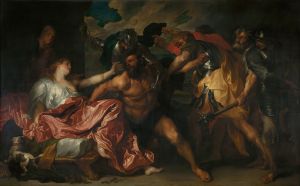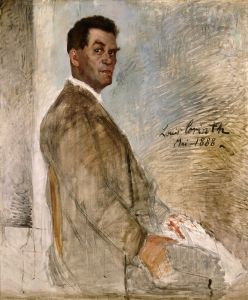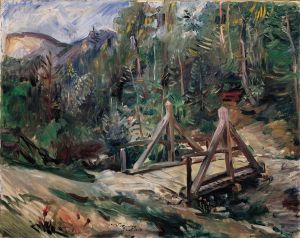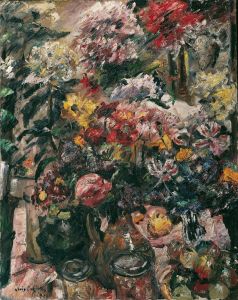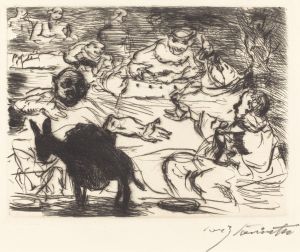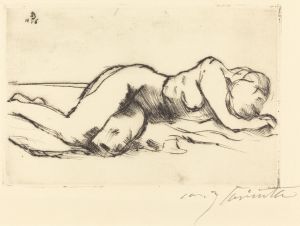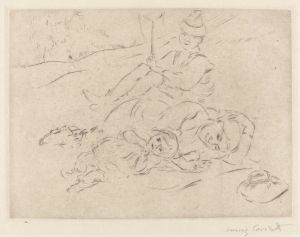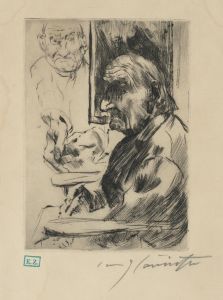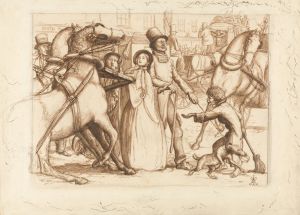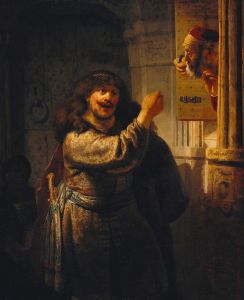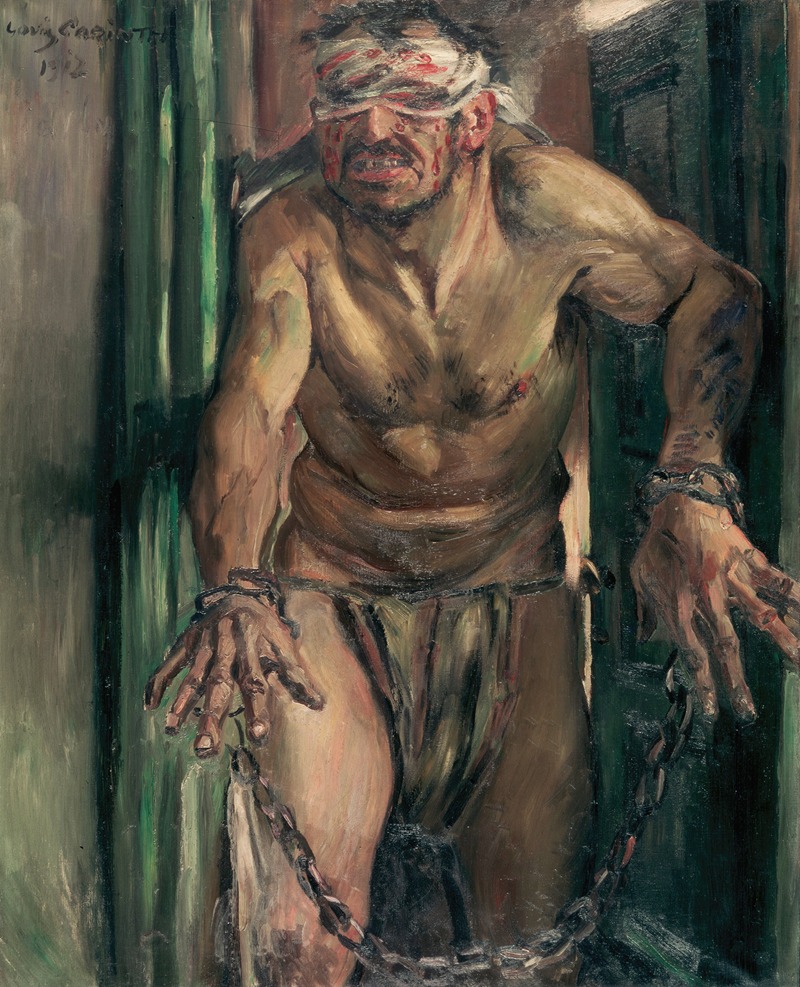
The Blinded Samson
A hand-painted replica of Lovis Corinth’s masterpiece The Blinded Samson, meticulously crafted by professional artists to capture the true essence of the original. Each piece is created with museum-quality canvas and rare mineral pigments, carefully painted by experienced artists with delicate brushstrokes and rich, layered colors to perfectly recreate the texture of the original artwork. Unlike machine-printed reproductions, this hand-painted version brings the painting to life, infused with the artist’s emotions and skill in every stroke. Whether for personal collection or home decoration, it instantly elevates the artistic atmosphere of any space.
"The Blinded Samson" is a painting created by the German artist Lovis Corinth in 1912. Lovis Corinth, born on July 21, 1858, in Tapiau, East Prussia (now Gvardeysk, Russia), was a prominent figure in the German art scene and a leading member of the Berlin Secession. His works are known for their vigorous brushwork and vibrant use of color, often blending elements of Impressionism and Expressionism.
The painting depicts the biblical figure Samson, a character from the Book of Judges in the Old Testament. Samson is known for his extraordinary strength, which he derived from his uncut hair, a symbol of his Nazirite vow to God. However, he was betrayed by Delilah, who cut his hair while he slept, leading to his capture by the Philistines. They subsequently blinded him and put him to work grinding grain in prison.
In "The Blinded Samson," Corinth captures the moment of Samson's suffering and despair. The painting shows Samson, a powerful and muscular figure, with his eyes gouged out, symbolizing his loss of strength and freedom. The emotional intensity of the scene is heightened by Corinth's dynamic brushstrokes and dramatic use of light and shadow. The background is dark and indistinct, focusing the viewer's attention on Samson's anguished expression and imposing physique.
Corinth's portrayal of Samson can be seen as a reflection of his own struggles and the broader human condition. The artist had suffered a stroke in 1911, which left him partially paralyzed on his left side. Despite this, he continued to paint, and his later works, including "The Blinded Samson," often convey a sense of personal turmoil and resilience. The painting is also indicative of the Expressionist movement's focus on conveying emotional experience rather than physical reality.
"The Blinded Samson" is housed in the Museum der bildenden Künste in Leipzig, Germany. It remains a significant example of Corinth's mature style and his ability to convey deep emotional and psychological states through his art. The painting is appreciated for its powerful depiction of human suffering and its technical mastery, showcasing Corinth's skill in handling both form and color.
Lovis Corinth continued to paint and exhibit his works until his death on July 17, 1925. His contributions to German art, particularly his role in the Berlin Secession and his innovative approach to painting, have left a lasting legacy. "The Blinded Samson" stands as a testament to his artistic vision and his ability to capture the complexities of the human experience.





